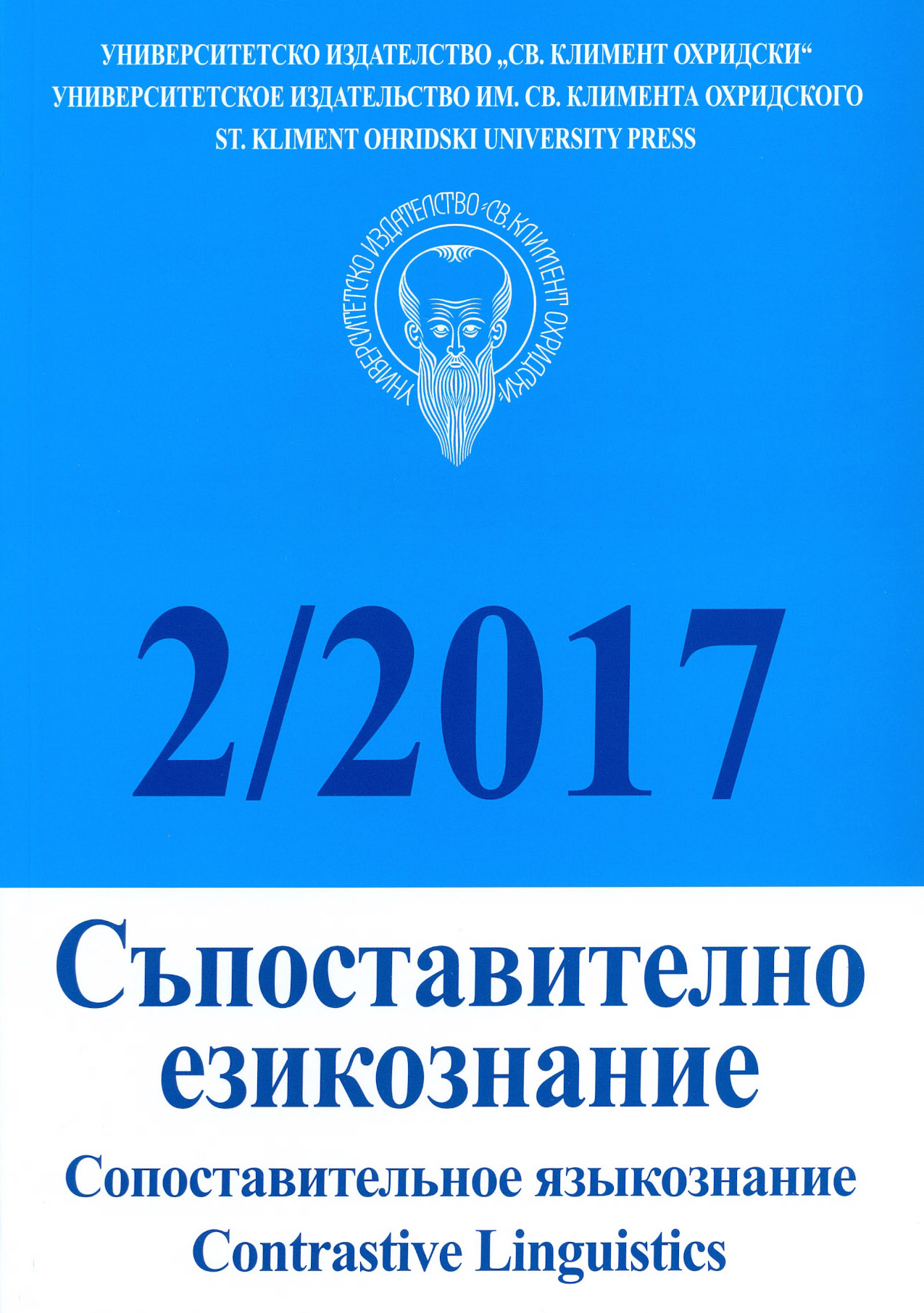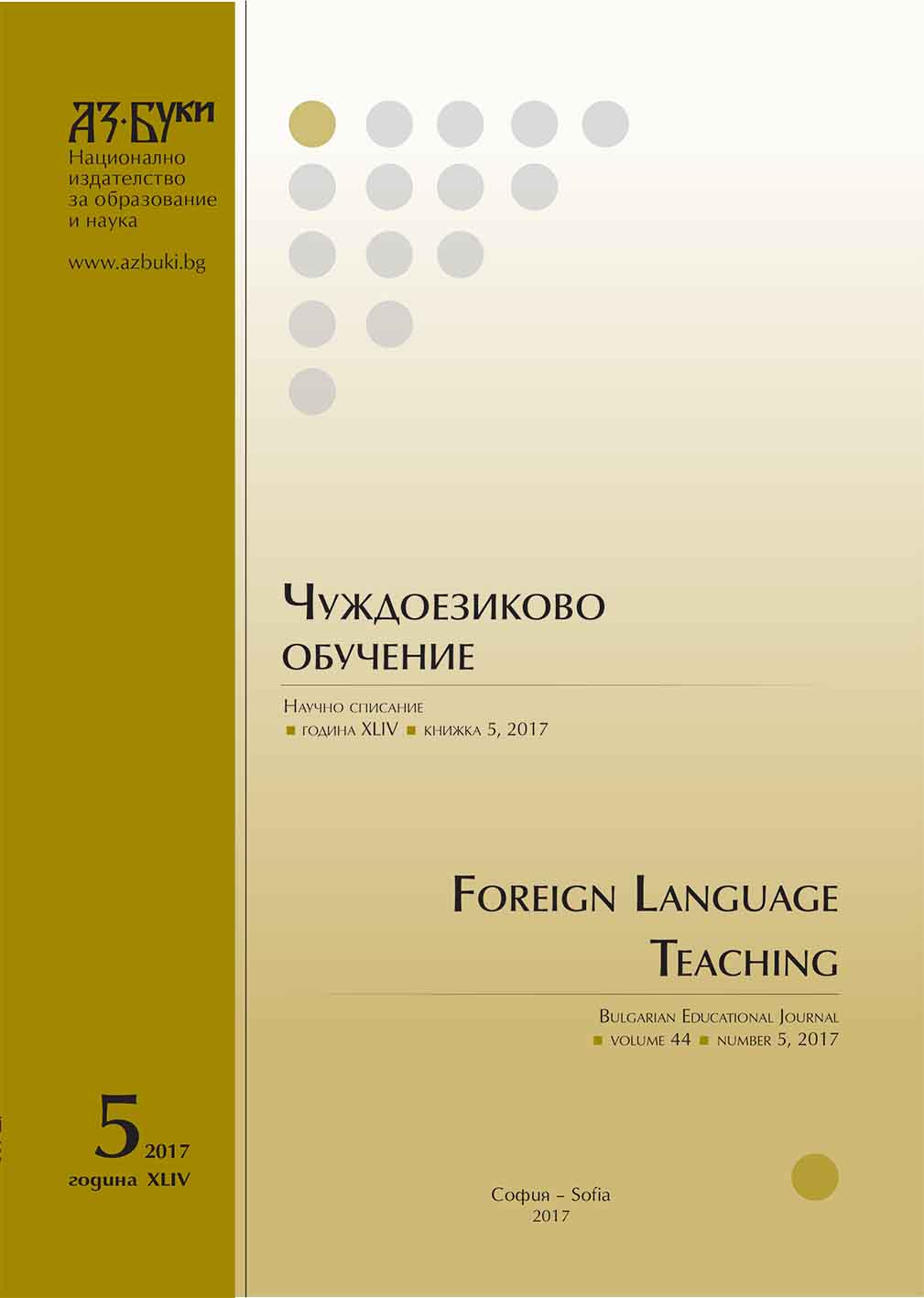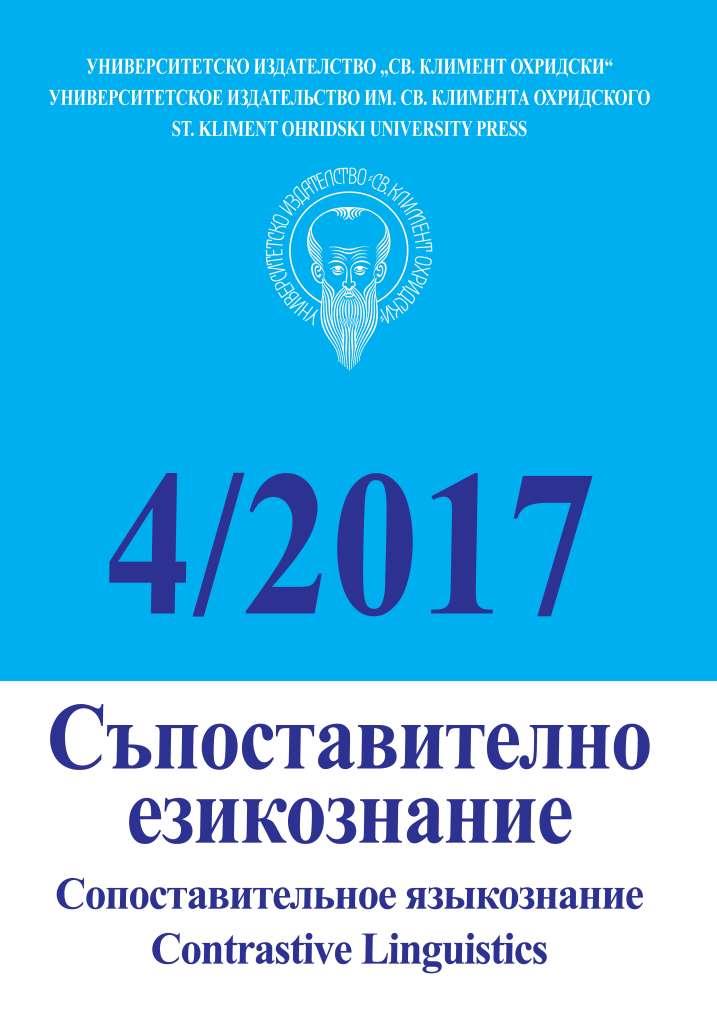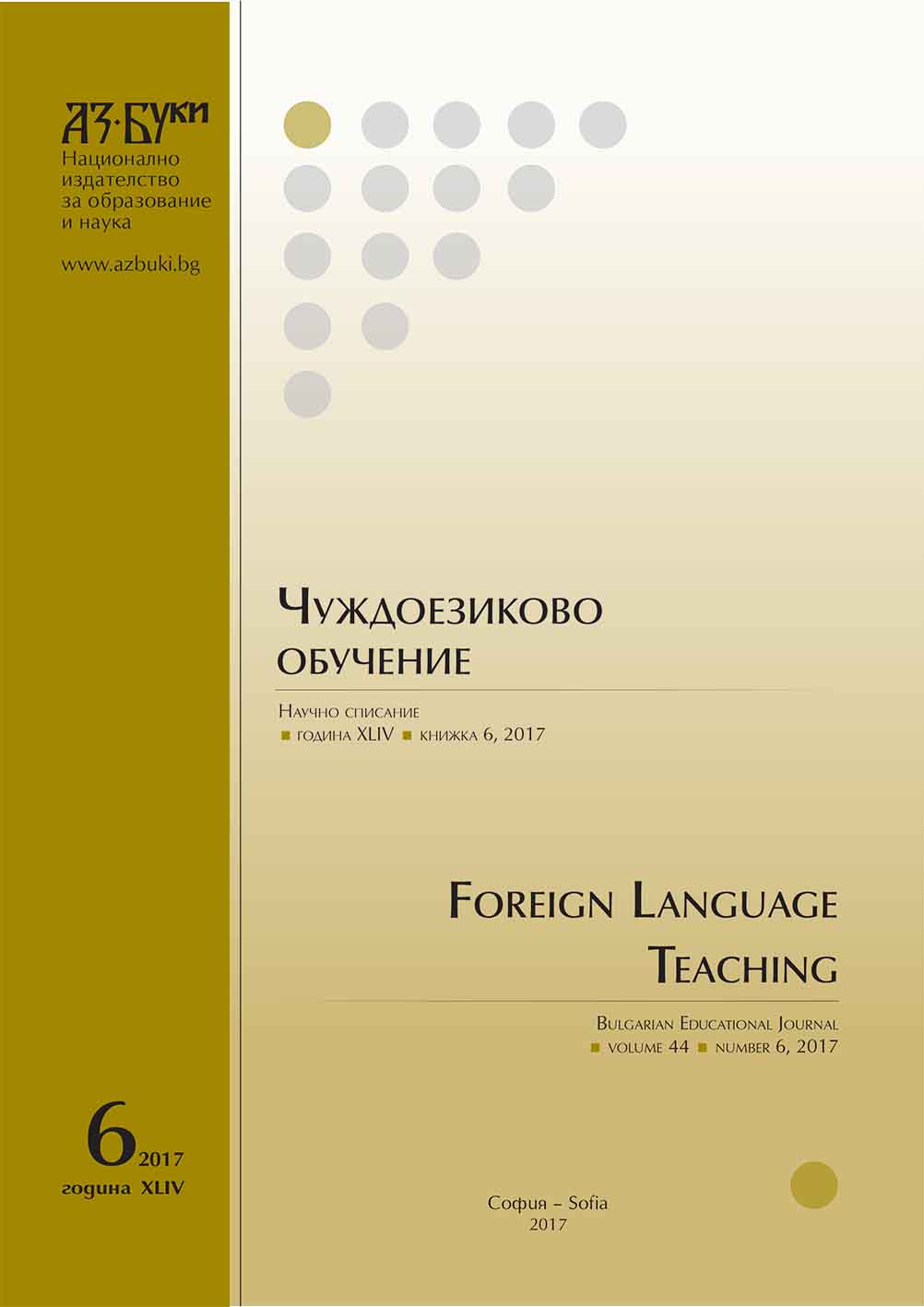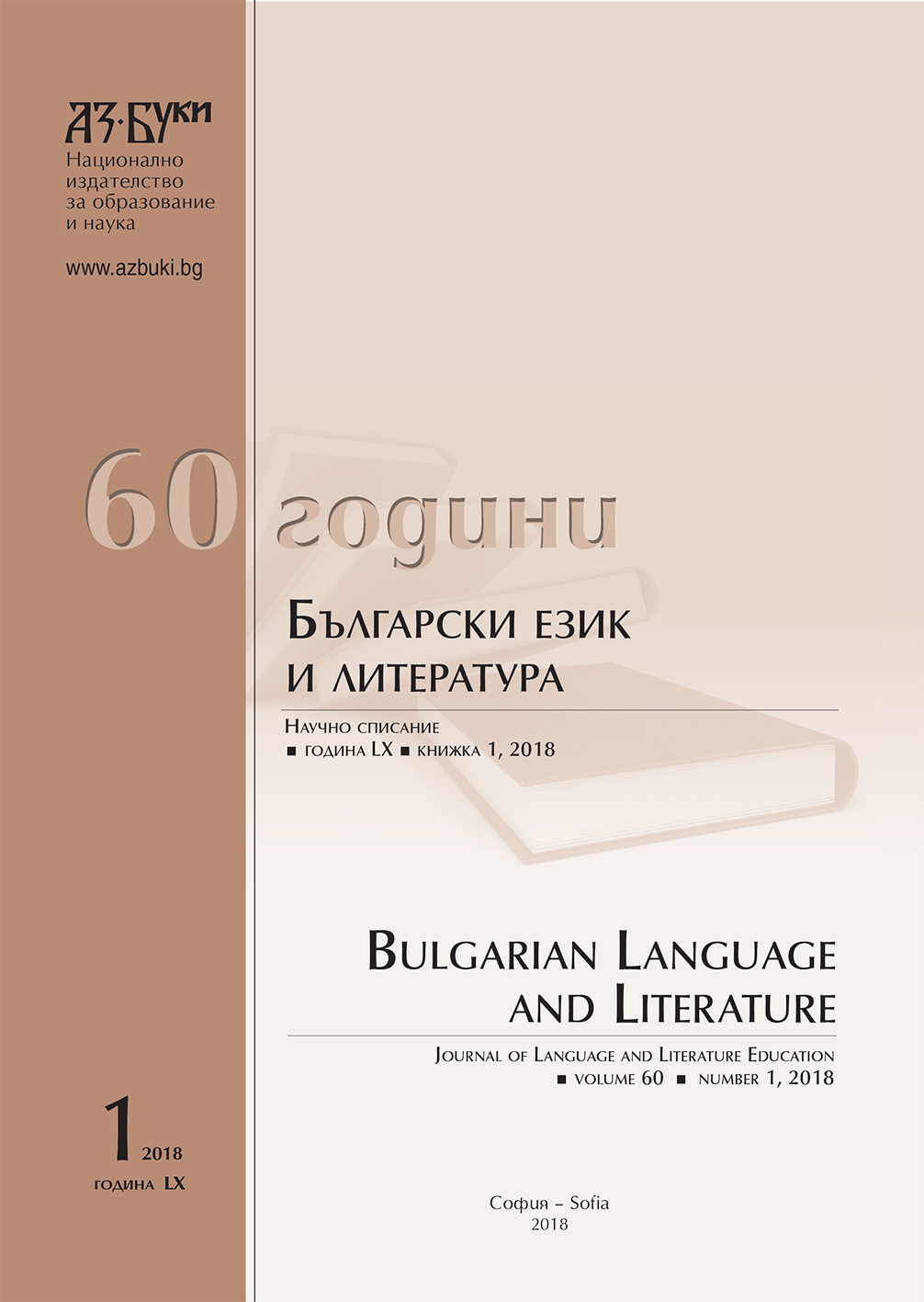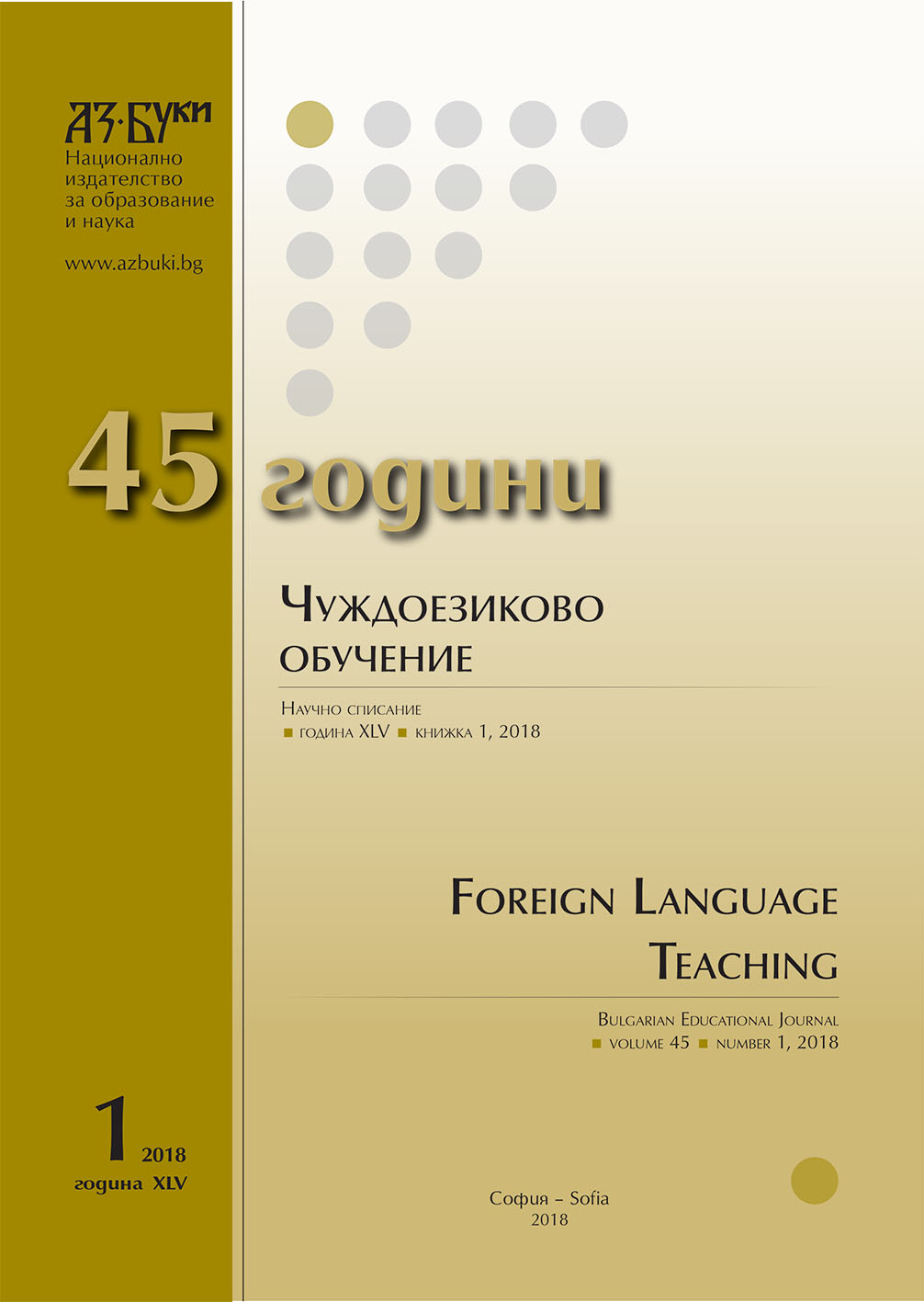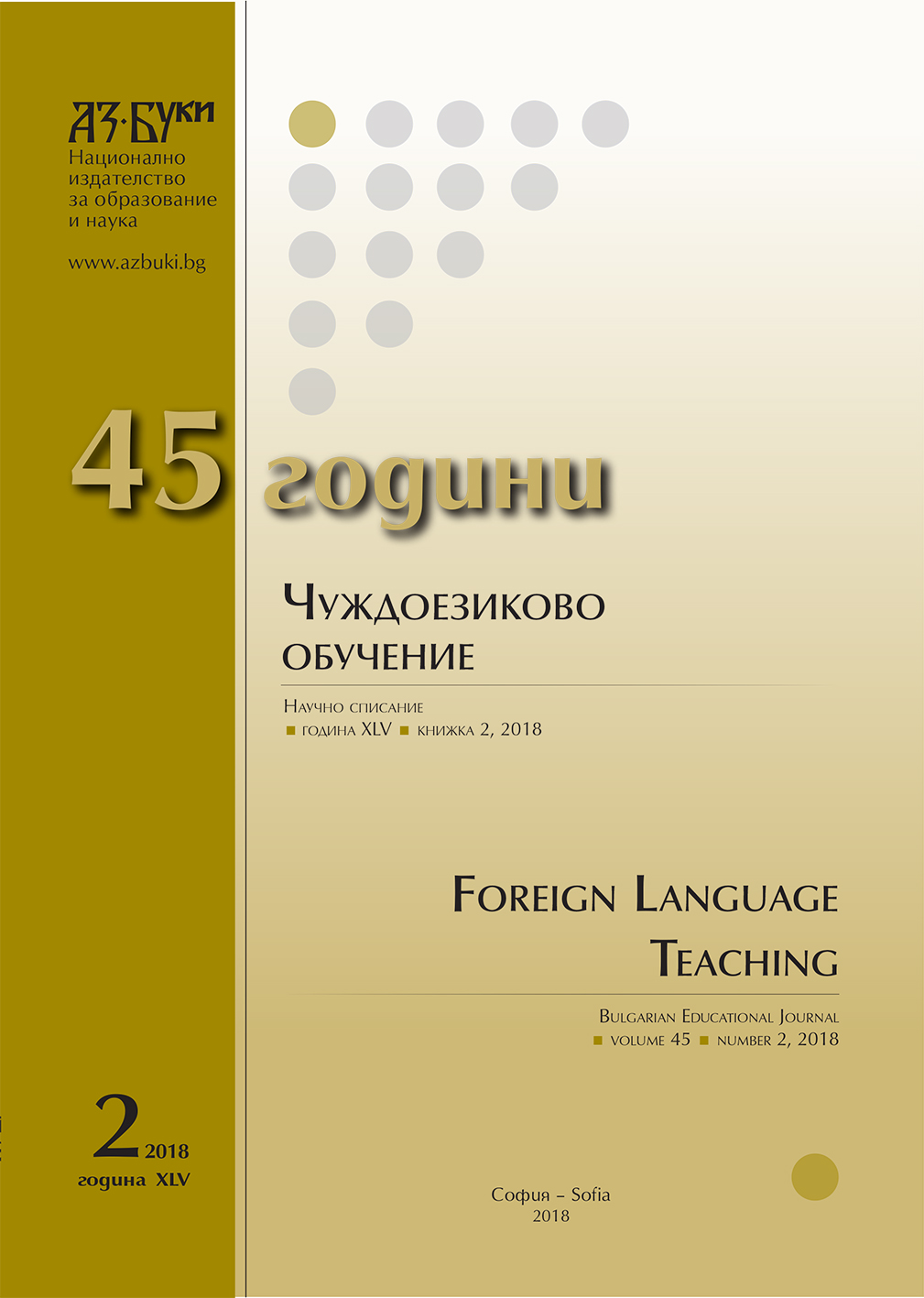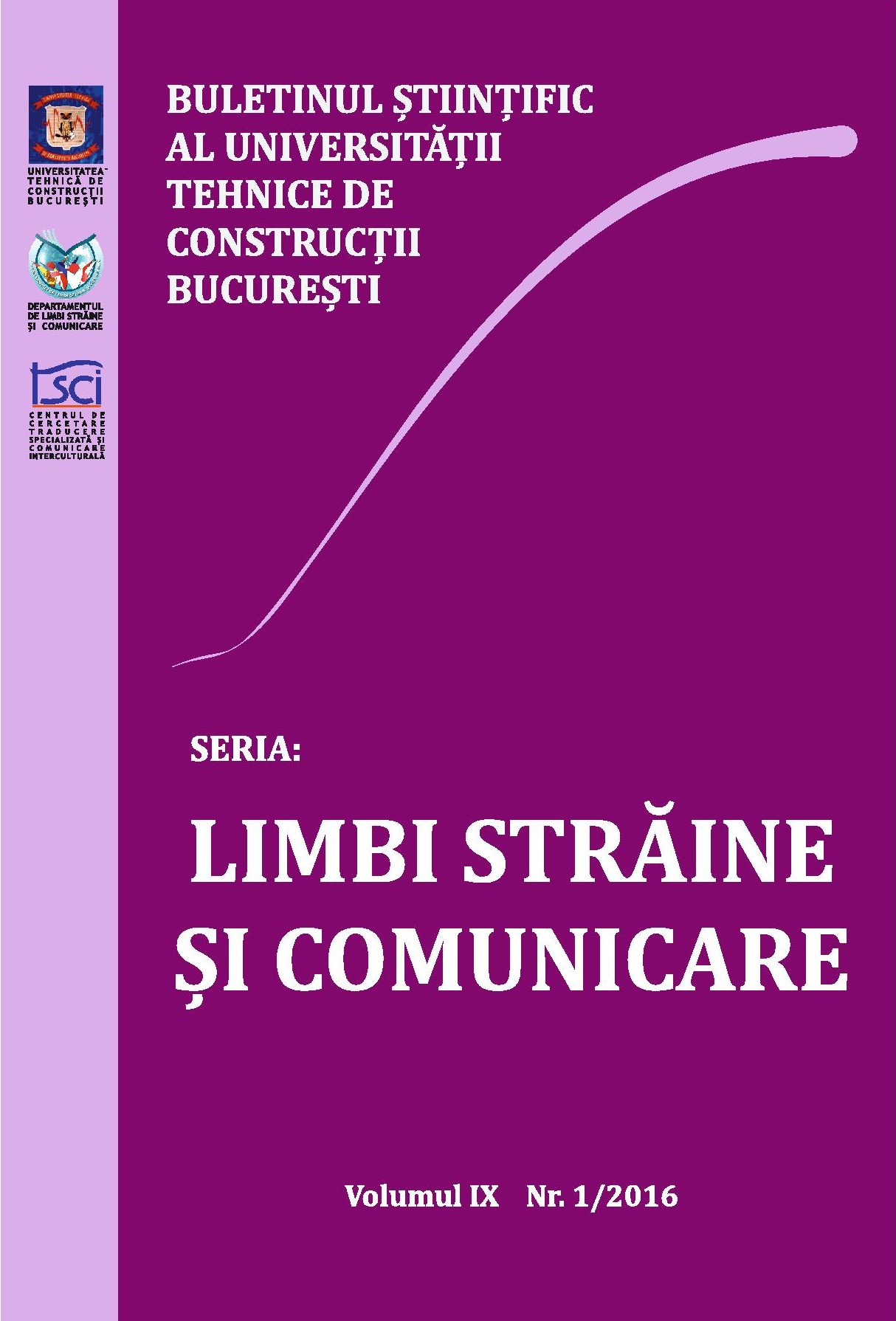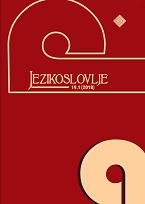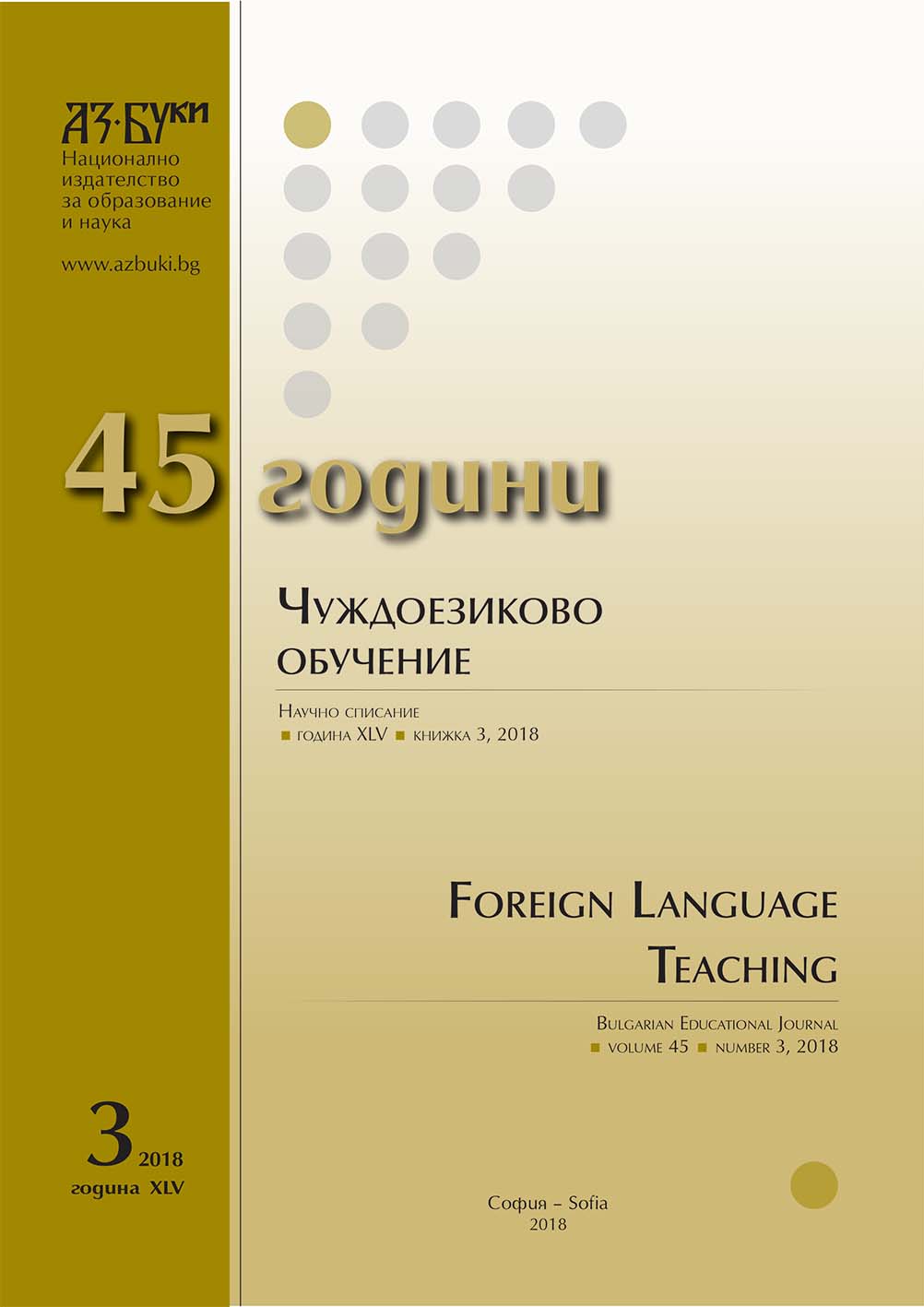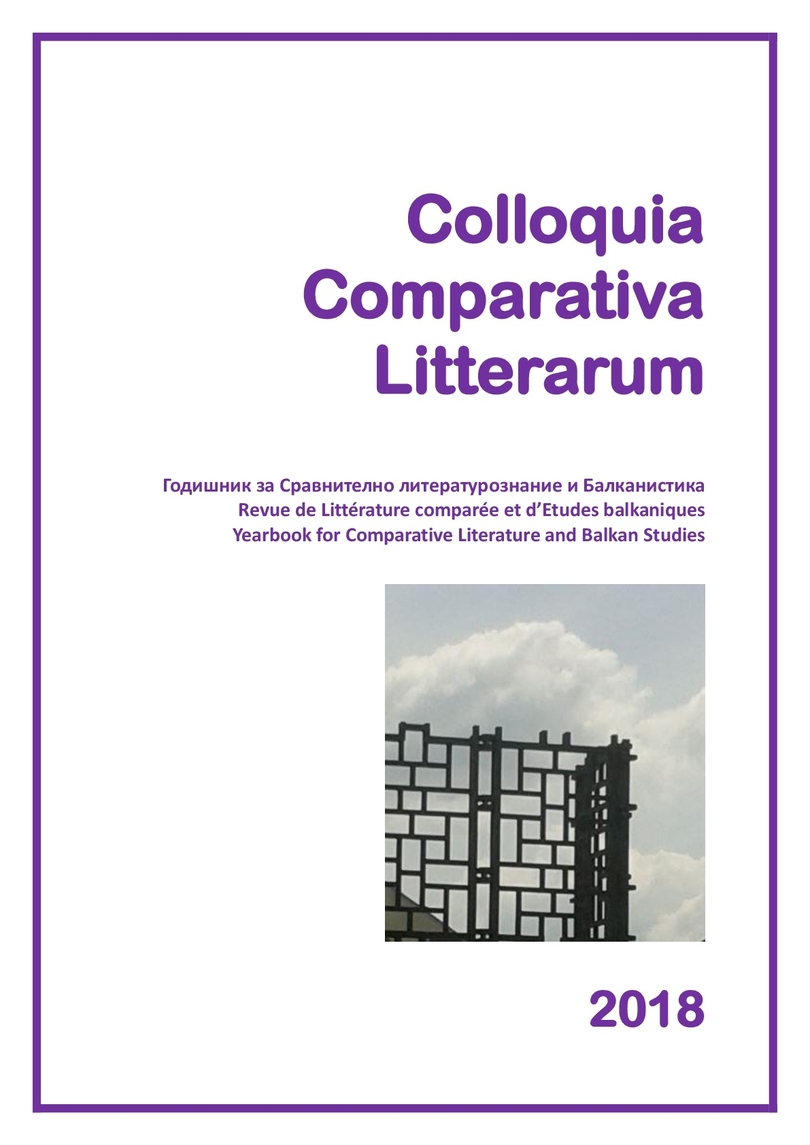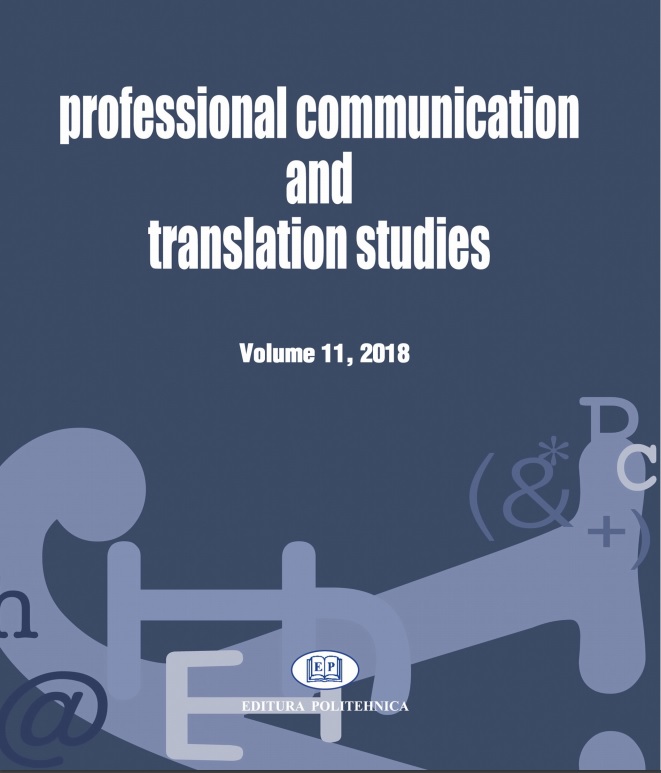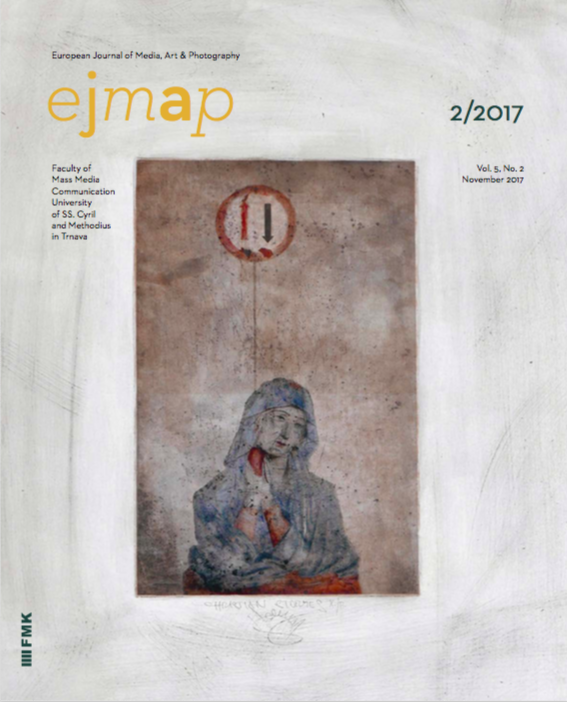
Art. culture. language.
The education system in Kazakhstan has been undergoing significant changes since the past years, driven by historical events and associated with political, economic and social changes in the world society. Kazakh universities and higher institutions keep in line with the Bologna Process to provide comparability in the standards and quality of higher-education qualifications. The current national educational programmes and legislation aim to ensure modern education of high quality. Foreign language education is considered a priority by different stakeholders: economists, politicians, teachers, students, parents, school administrators, therefore much attention is paid to the issue of modernization of foreign language education environment by designing innovative teaching materials or introducing new techniques and technologies in the study programmes offering teacher training courses. Together with Kazakh and Russian, English has now become a key subject at all levels of education. The author of the article is currently living and working in Kazakhstan and brings some aspects related to teaching foreign languages, specifically English, in one of the higher-education institutions.
More...
